The science of volcanoes (and other things we didn’t know)
Volcanoes have long intrigued humans with their fiery displays and earth-shattering eruptions. These natural wonders are not just formidable forces of nature but also fascinating subjects of study. From their mysterious origins to their role in shaping the planet, volcanoes offer a glimpse into the dynamic processes beneath our feet. Unraveling the mysteries of volcanoes is like piecing together a geological puzzle, revealing the Earth’s fiery heart.
What Exactly is a Volcano?
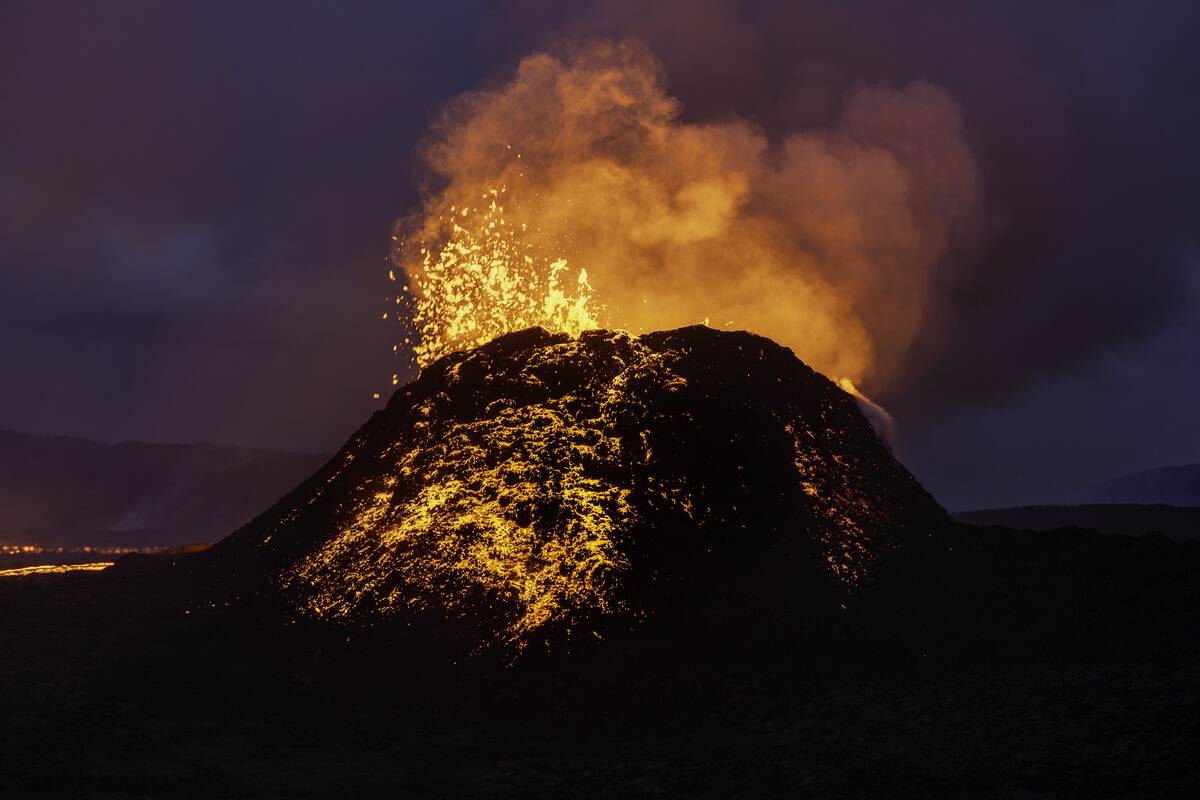
A volcano is a rupture in the Earth’s crust where molten rock, gases, and ash escape from below the surface. These structures often form mountains or hills, creating a distinctive landscape feature. Volcanoes can be found on land or under the sea, contributing to the diverse topography of our planet. They are classified based on their shape and eruption style, each offering unique insights into the Earth’s interior.
The Fiery Origins: How Volcanoes Form
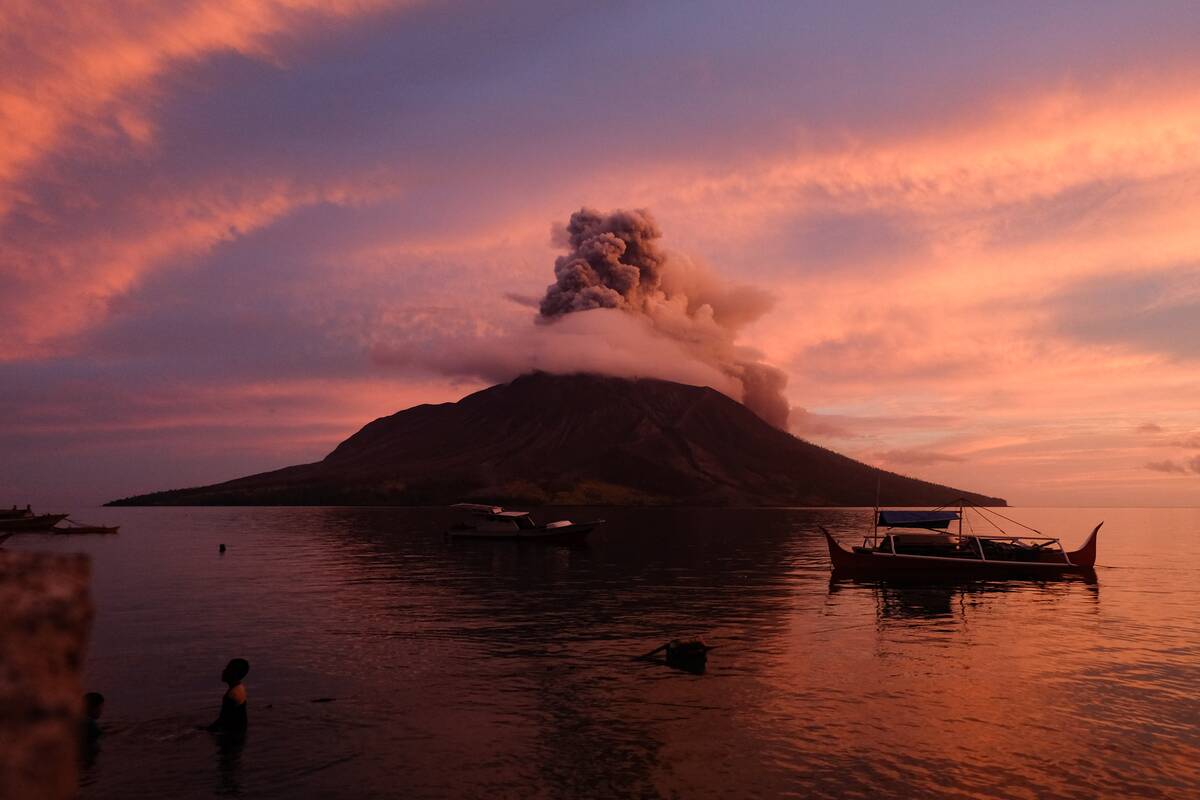
Volcanoes form at tectonic plate boundaries and hotspots where magma from the mantle rises to the surface. When tectonic plates diverge or converge, they create openings for magma to escape, leading to volcanic activity. Hotspot volcanoes, like those in Hawaii, are formed by plumes of hot material rising from deep within the mantle. These dynamic processes highlight the incredible forces at work beneath the Earth’s crust.
A Journey Through Time: The History of Volcanic Eruptions
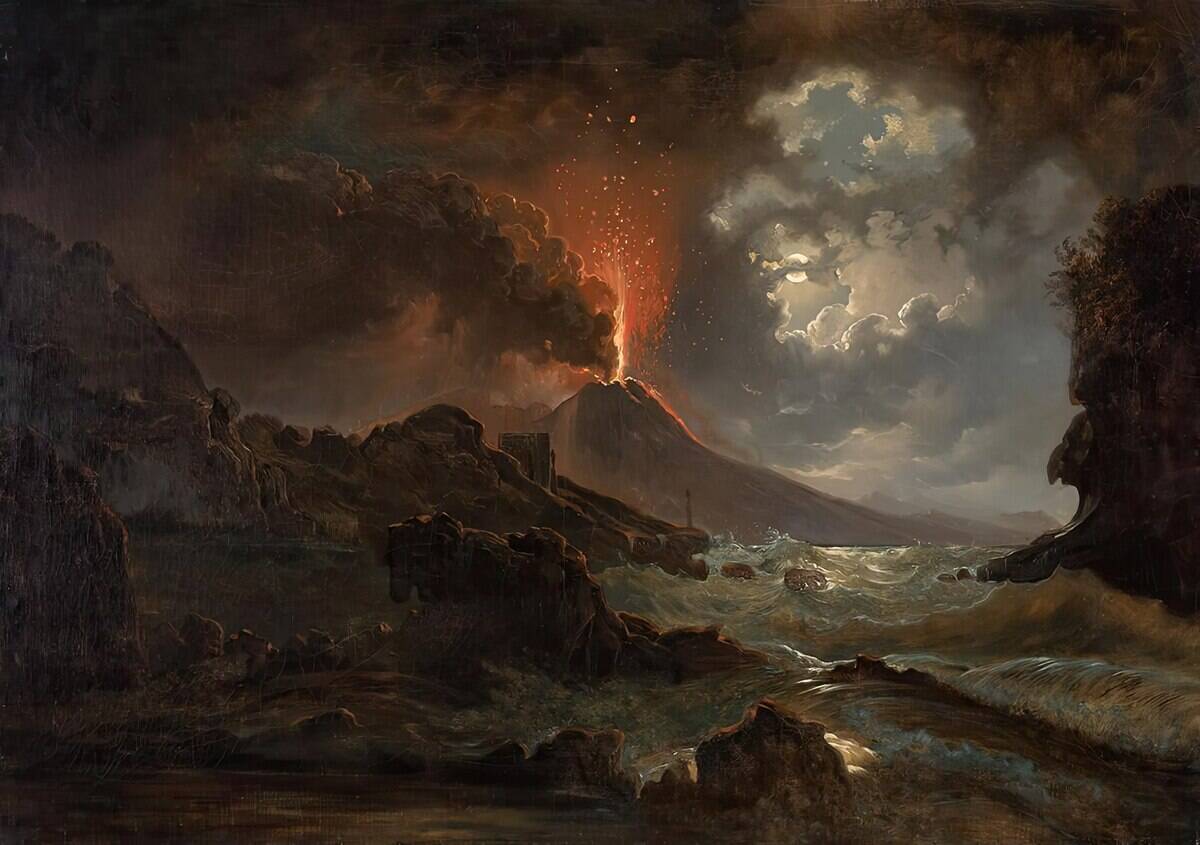
Volcanic eruptions have shaped Earth’s history, with notable events leaving lasting impacts on climate and civilizations. The eruption of Mount Vesuvius in 79 AD famously buried Pompeii, providing a well-preserved snapshot of ancient life. The 1815 eruption of Mount Tambora led to the “Year Without a Summer,” causing global climate anomalies. Studying past eruptions helps scientists understand the potential effects of future volcanic activity.
Types of Volcanoes: More Than Just One Kind
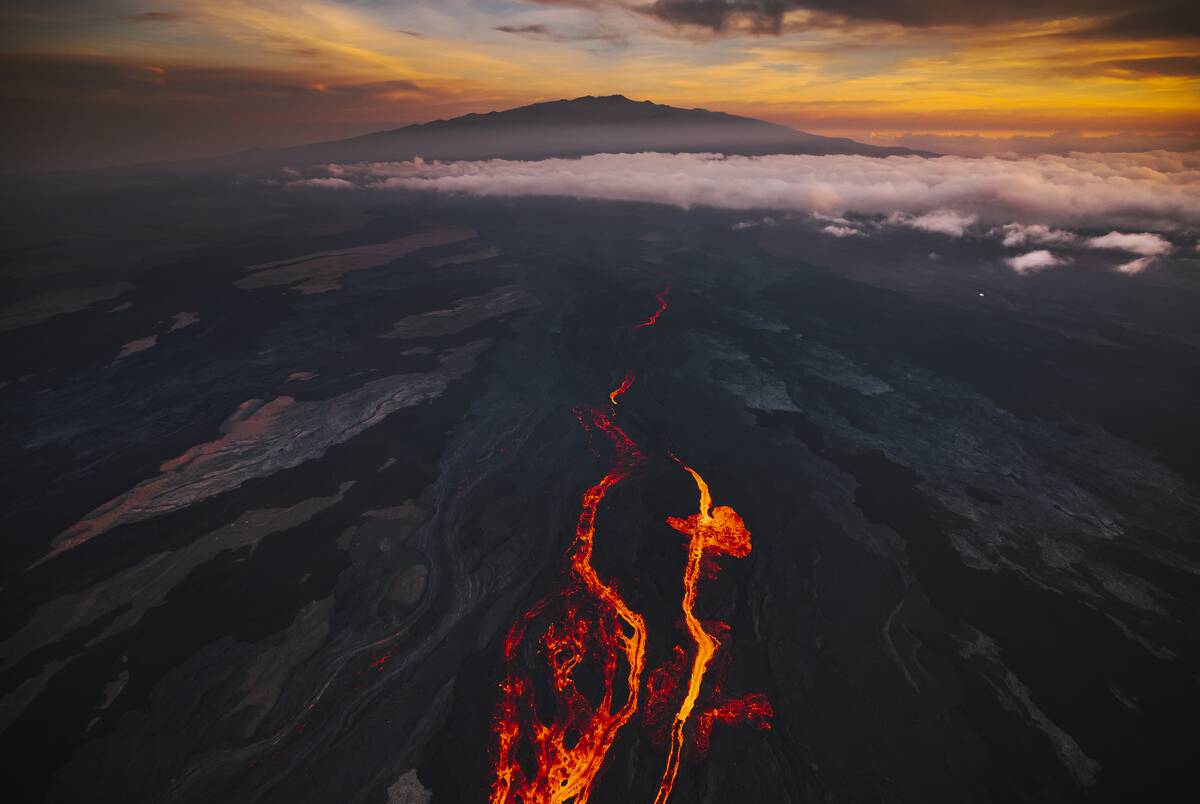
Volcanoes come in various shapes and sizes, primarily categorized into shield, composite, and cinder cone types. Shield volcanoes, like Mauna Loa, have broad, gently sloping sides formed by fluid lava flows. Composite volcanoes, such as Mount St. Helens, are characterized by steep profiles and explosive eruptions. Cinder cone volcanoes are the smallest type, built from ejected lava fragments that accumulate around the vent.
The Science Behind Eruptions: Why Do Volcanoes Explode?
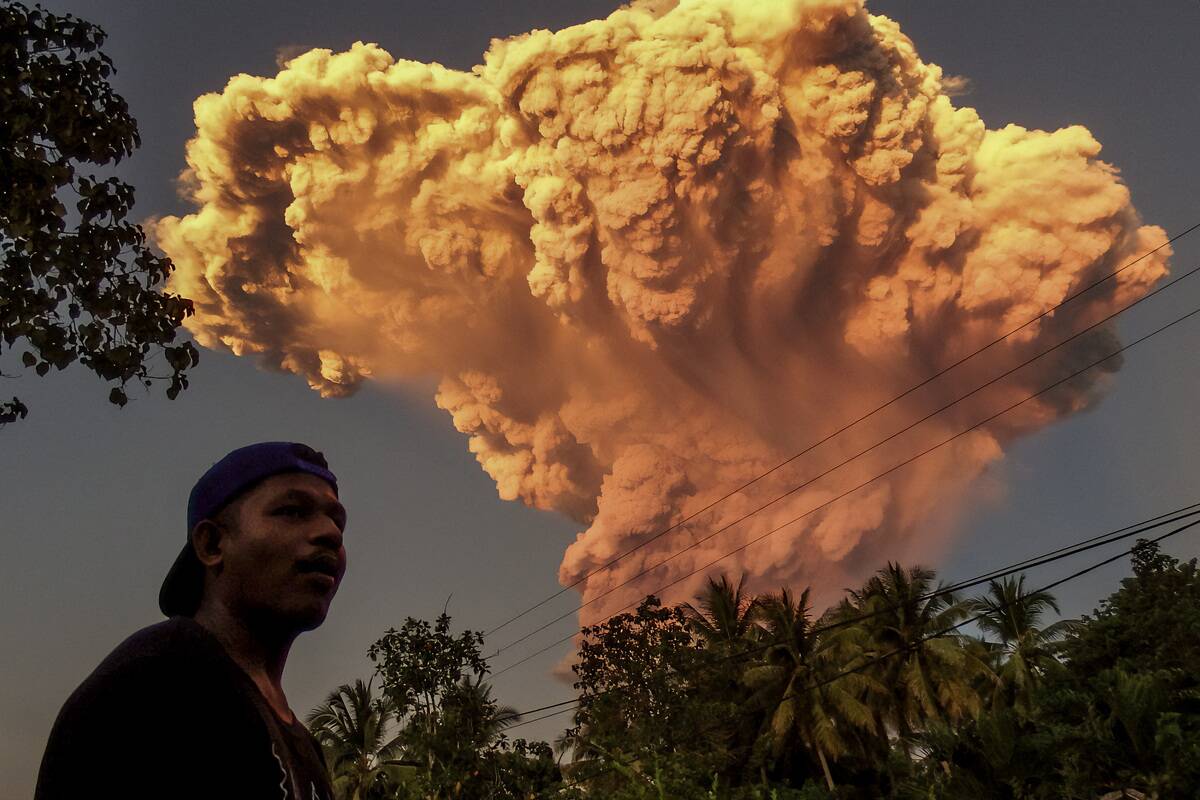
Volcanic eruptions occur when pressure from gases and magma builds up beneath the Earth’s crust. When this pressure becomes too great, it forces its way to the surface, resulting in an eruption. The explosiveness of an eruption depends on the composition of the magma, with high-viscosity magma leading to more violent eruptions. Understanding these processes helps scientists predict volcanic activity and mitigate potential hazards.
Volcanic Hotspots: Where to Find These Fiery Mountains
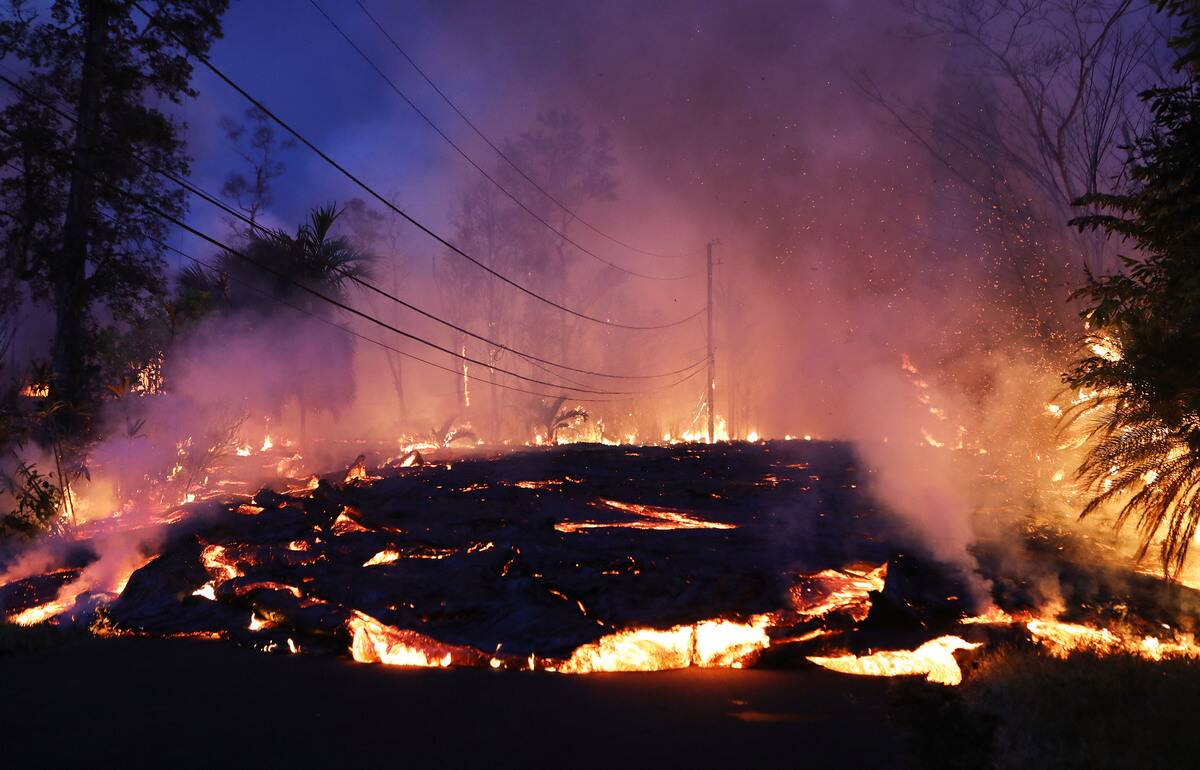
Volcanic hotspots are regions where plumes of hot mantle material rise, creating volcanic activity away from tectonic plate boundaries. The Hawaiian Islands are a prime example, formed by a hotspot in the middle of the Pacific Plate. The Yellowstone hotspot in the United States is another well-known example, fueling the geothermal wonders of Yellowstone National Park. These hotspots provide valuable insights into the Earth’s internal processes.
The Good Side of Volcanoes: Fertile Soils and New Land
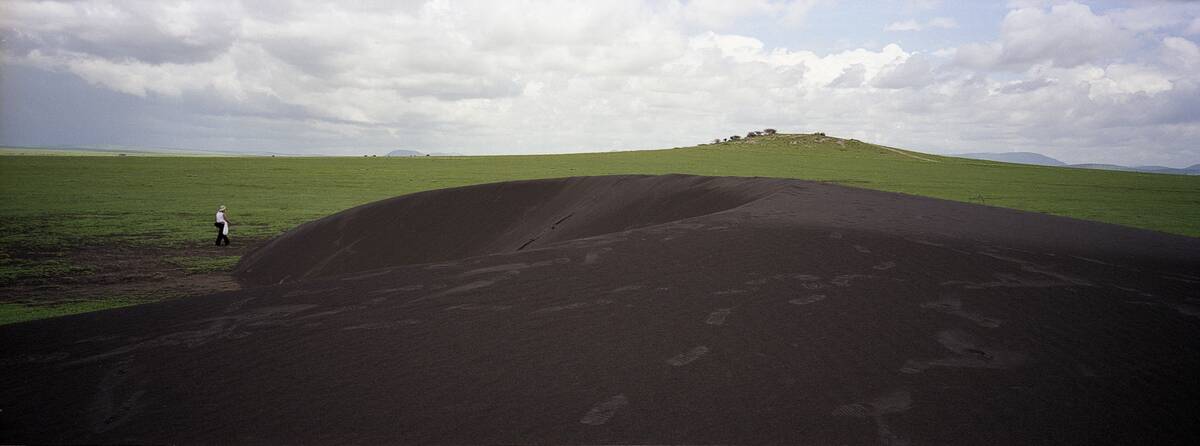
While volcanoes can be destructive, they also offer benefits like fertile soils and the creation of new land. Volcanic ash is rich in minerals that enhance soil fertility, supporting agriculture in regions like Indonesia and Italy. The Hawaiian Islands, formed by volcanic activity, provide a unique ecosystem for diverse plant and animal life. These positive aspects highlight the dual nature of volcanoes as both creators and destroyers.
Volcanic Myths and Legends: Tales from Different Cultures
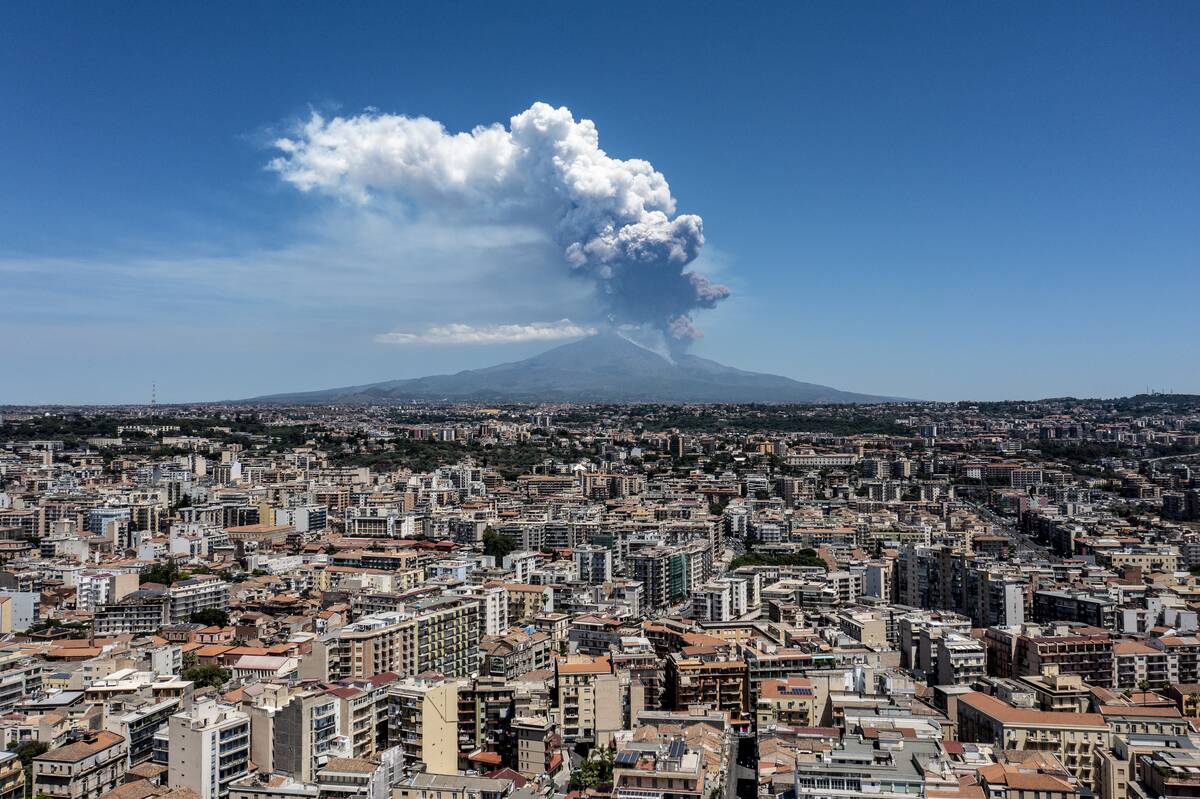
Throughout history, volcanoes have inspired myths and legends across cultures. The ancient Greeks believed that Hephaestus, the god of fire and metalworking, had a forge beneath Mount Etna. In Hawaiian mythology, the volcano goddess Pele is said to reside in Kilauea, shaping the islands with her fiery power. These stories reflect the awe and respect that volcanoes have commanded from humans throughout the ages.
Volcanic Lightning: Nature’s Dazzling Light Show
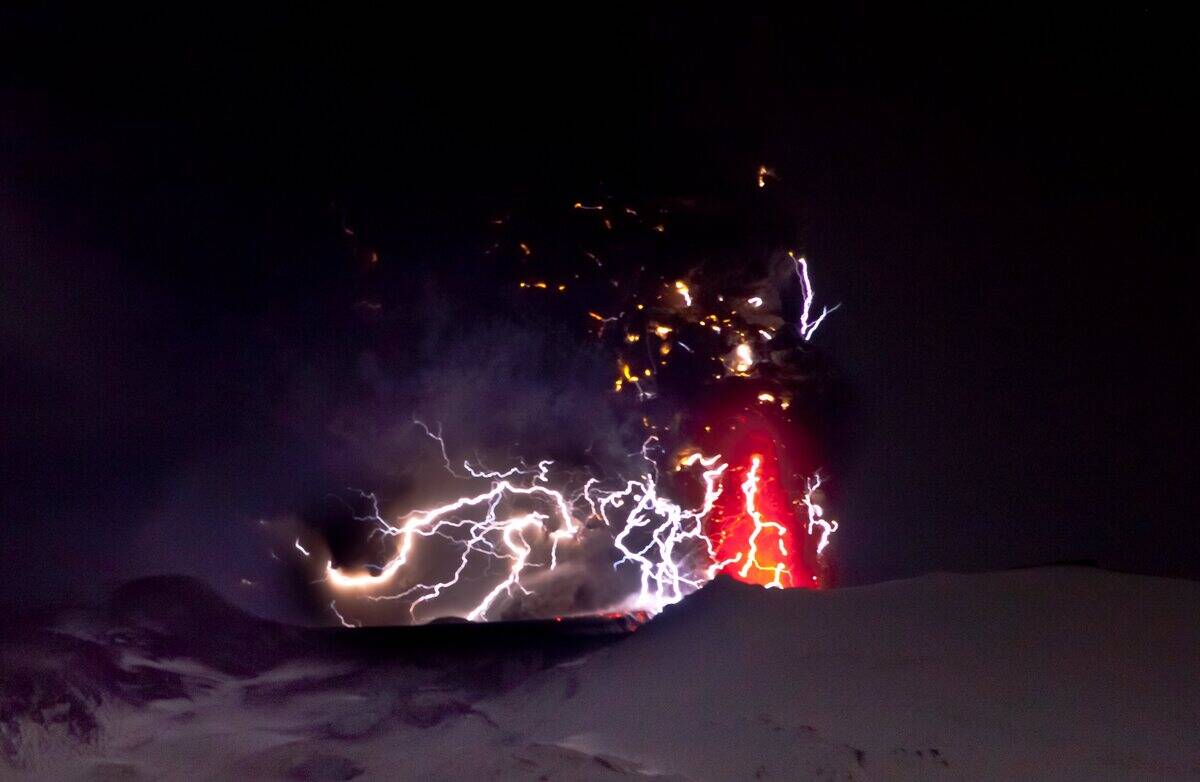
Volcanic lightning occurs when ash particles in an eruption cloud generate static electricity, creating dramatic lightning displays. This phenomenon has been observed in eruptions like those of Eyjafjallajökull in Iceland and Mount Sakurajima in Japan. Volcanic lightning adds an electrifying spectacle to the already impressive eruption, showcasing the power and beauty of nature’s forces. Scientists continue to study this captivating occurrence to understand its underlying mechanisms.
The Role of Volcanoes in Climate Change: A Double-Edged Sword
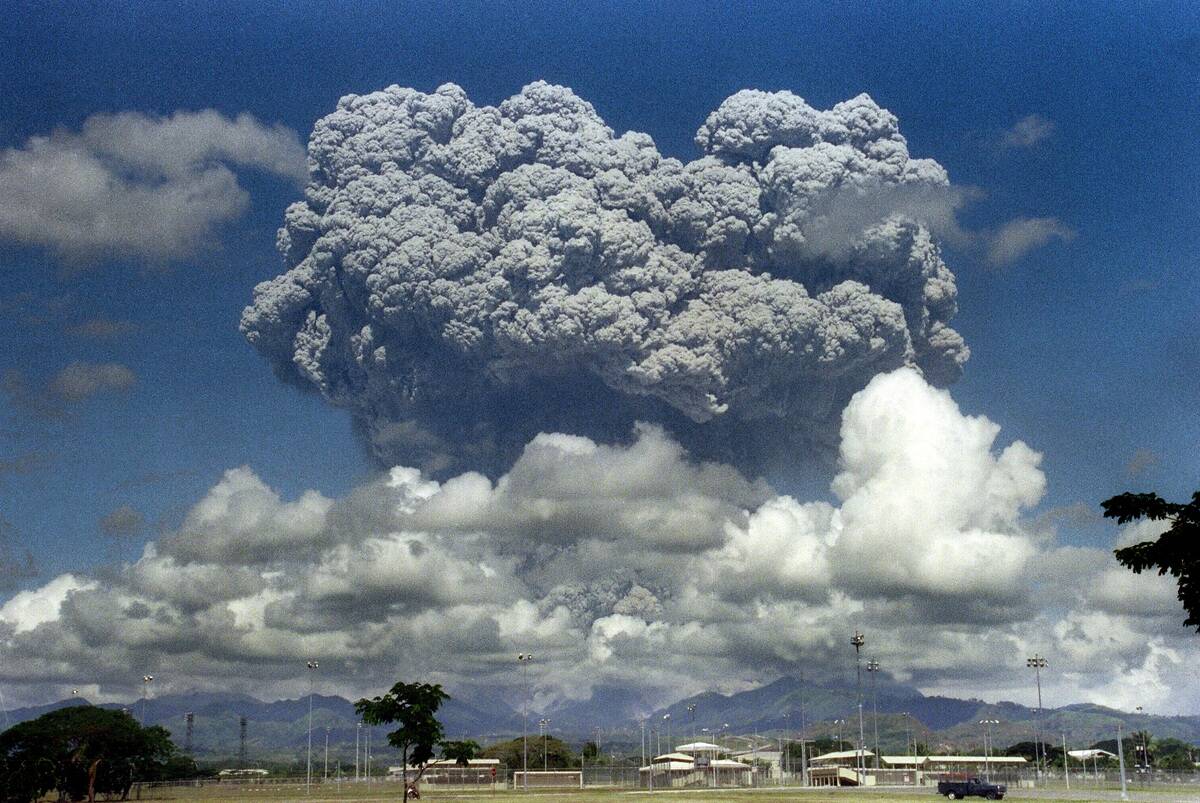
Volcanoes can both cool and warm the planet, making them a double-edged sword in climate change. Large eruptions can inject sulfur dioxide into the stratosphere, reflecting sunlight and cooling the Earth, as seen after the 1991 eruption of Mount Pinatubo. However, volcanic emissions also release carbon dioxide, a greenhouse gas that contributes to warming. Understanding these impacts helps scientists assess the complex relationship between volcanoes and climate.
Volcanology: The Science of Studying Volcanoes
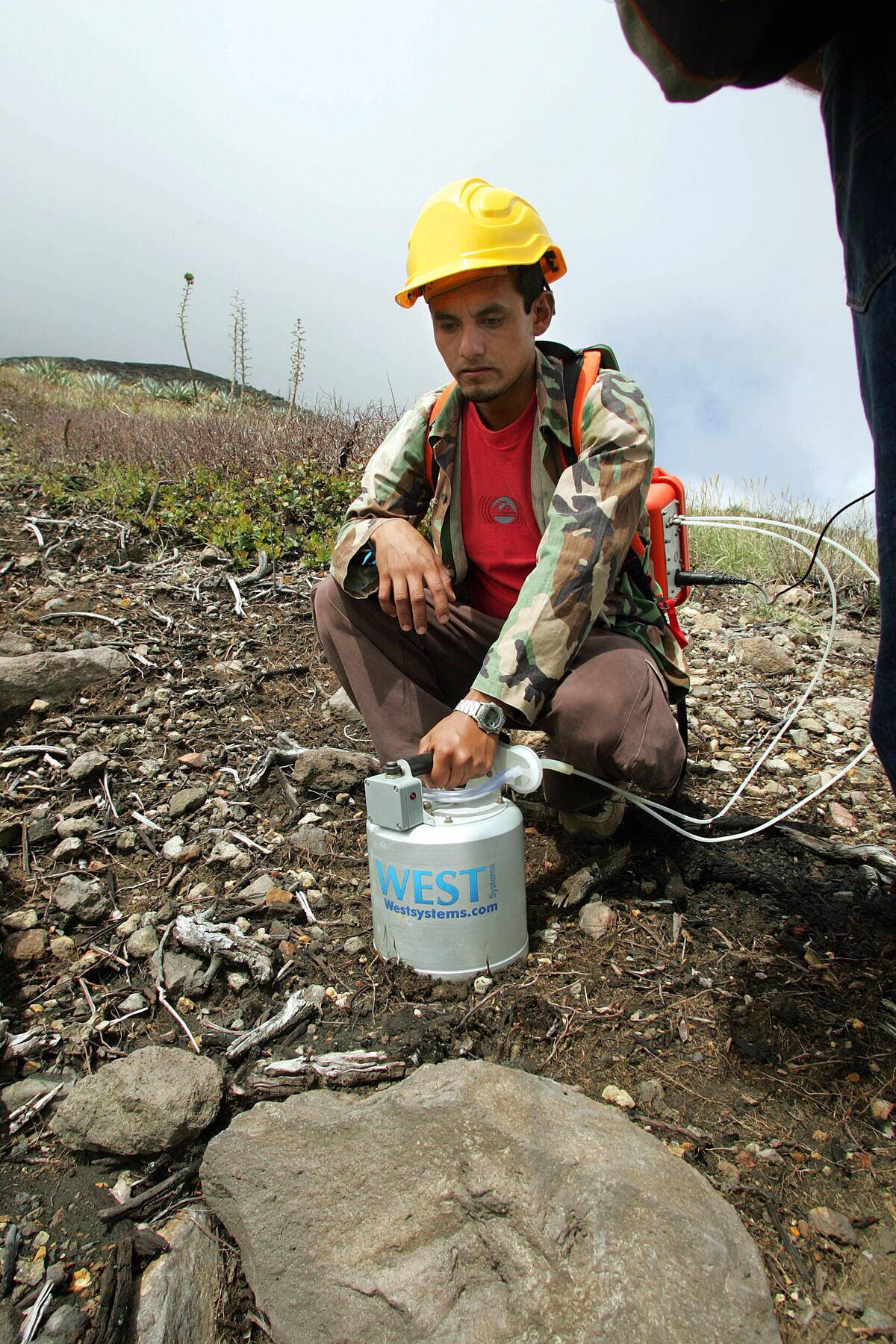
Volcanology is the scientific study of volcanoes, their eruptions, and related phenomena. Volcanologists use tools like seismographs, gas analyzers, and satellite imagery to monitor volcanic activity and assess potential hazards. By studying past eruptions and patterns, scientists aim to predict future events and mitigate risks to human populations. This field of study is crucial for understanding the dynamic nature of our planet and protecting communities living near volcanoes.
Safety First: How to Prepare for a Volcanic Eruption
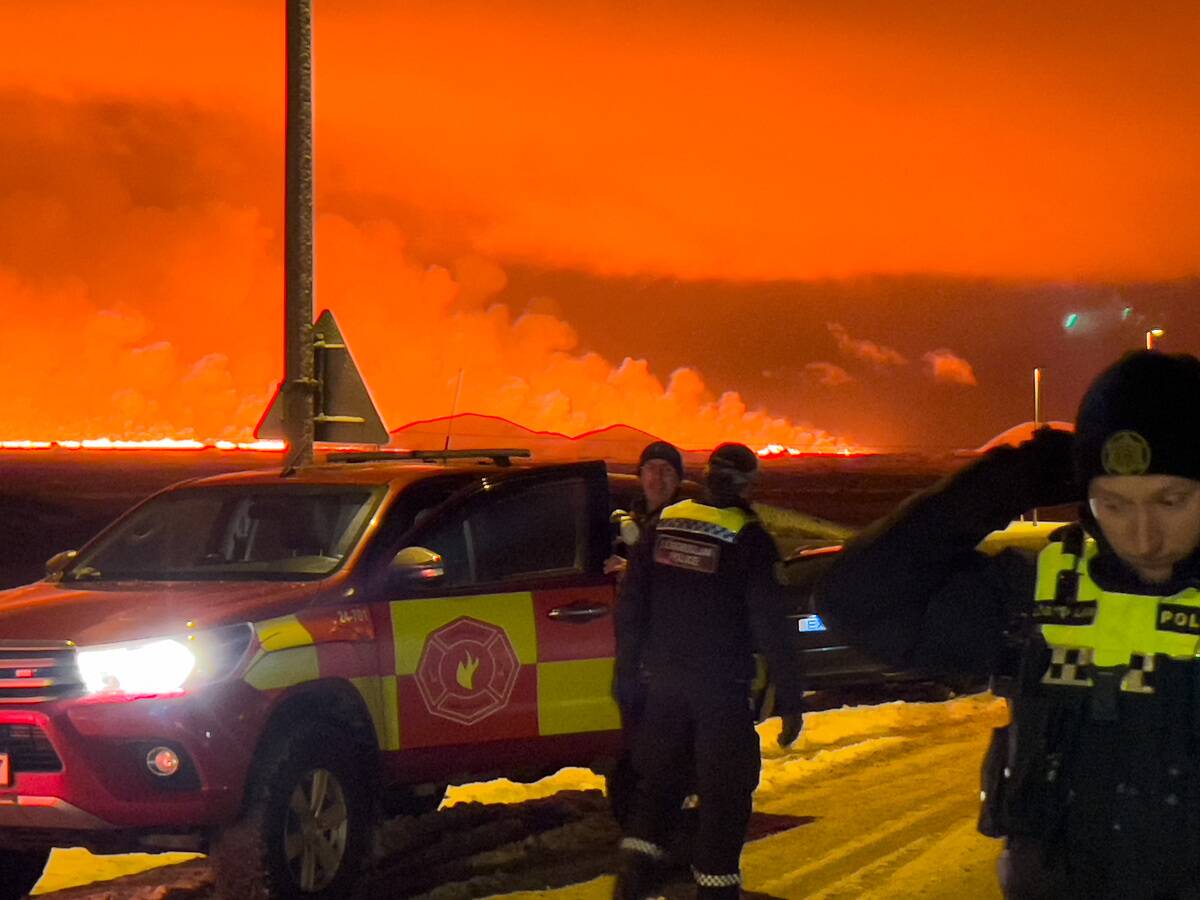
Preparation is key to ensuring safety during a volcanic eruption. Residents near active volcanoes should have an emergency plan, including evacuation routes and supplies like masks and goggles to protect against ash. Staying informed through official alerts and updates is essential for timely responses. Authorities often conduct drills and education programs to raise awareness and readiness among communities. These measures can significantly reduce the risks associated with volcanic eruptions.
Volcano Tourism: Exploring Volcanoes Safely and Responsibly
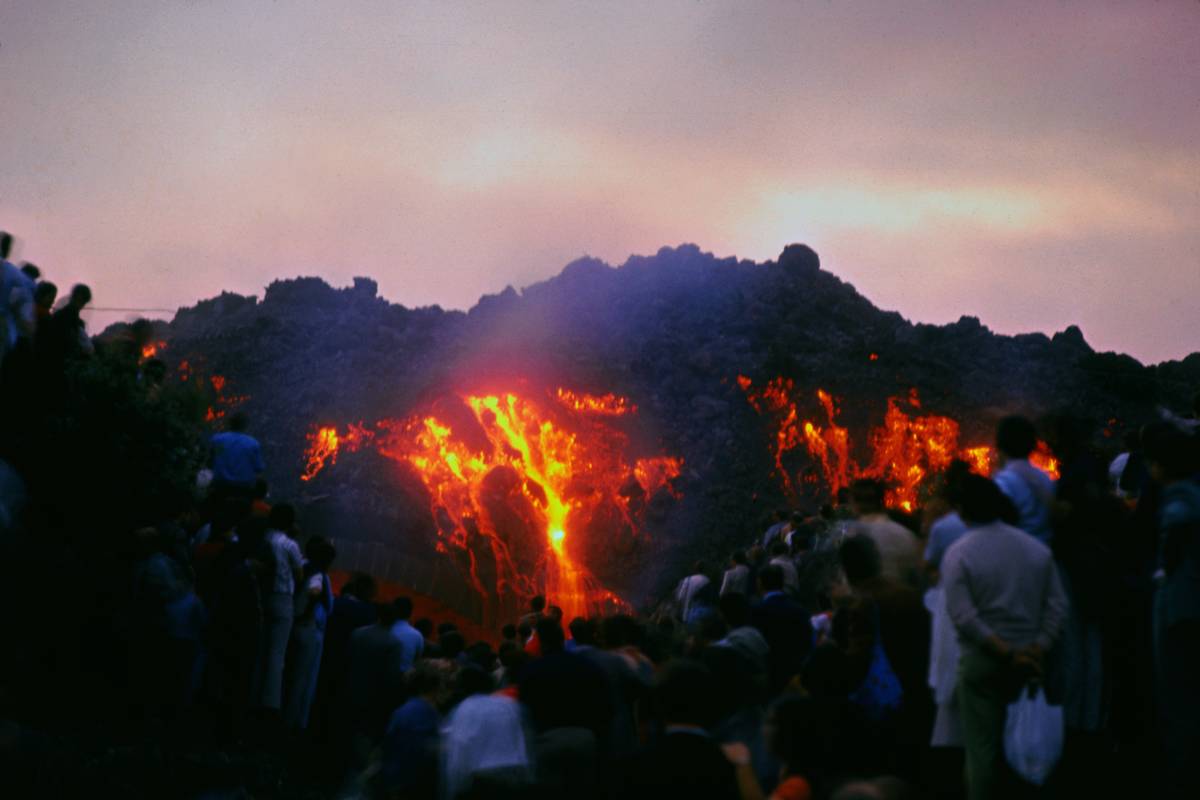
Volcano tourism offers adventurous travelers the chance to witness these natural wonders up close. Popular destinations include Mount Bromo in Indonesia and Mount Etna in Italy, where visitors can hike and explore volcanic landscapes. Responsible tourism practices, such as following guidelines and respecting local regulations, ensure the safety of both travelers and the environment. By appreciating these majestic formations responsibly, tourists can enjoy thrilling experiences while minimizing their impact.
Unusual Volcanic Phenomena: From Lava Lakes to Acid Lakes
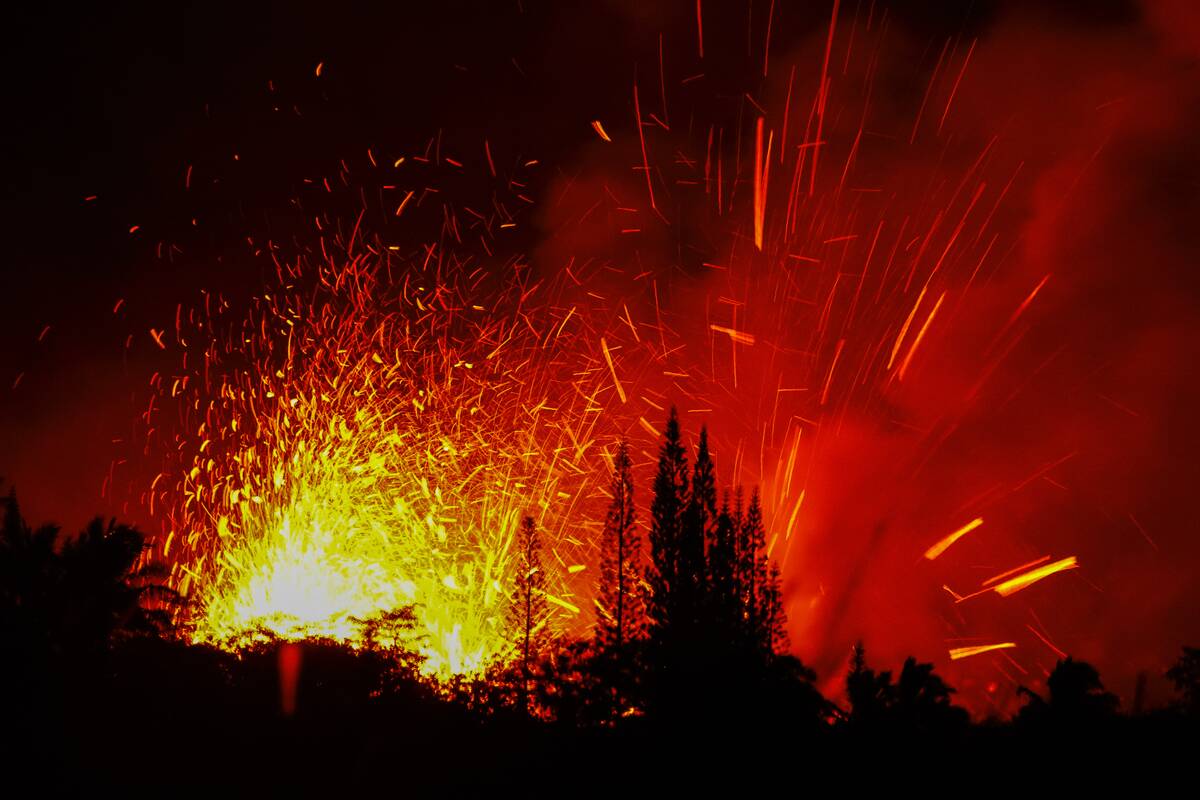
Volcanoes host a variety of unusual phenomena, including lava lakes and acid lakes. Lava lakes, like those in Mount Nyiragongo in the Democratic Republic of the Congo, offer a rare glimpse of molten rock bubbling at the surface. Acid lakes, formed in volcanic craters, contain highly acidic water with pH levels as low as 0, such as the crater lake of Mount Ijen in Indonesia. These features highlight the diverse and extreme environments created by volcanic activity.
The Sounds of Eruption: What Do Volcanoes Sound Like?
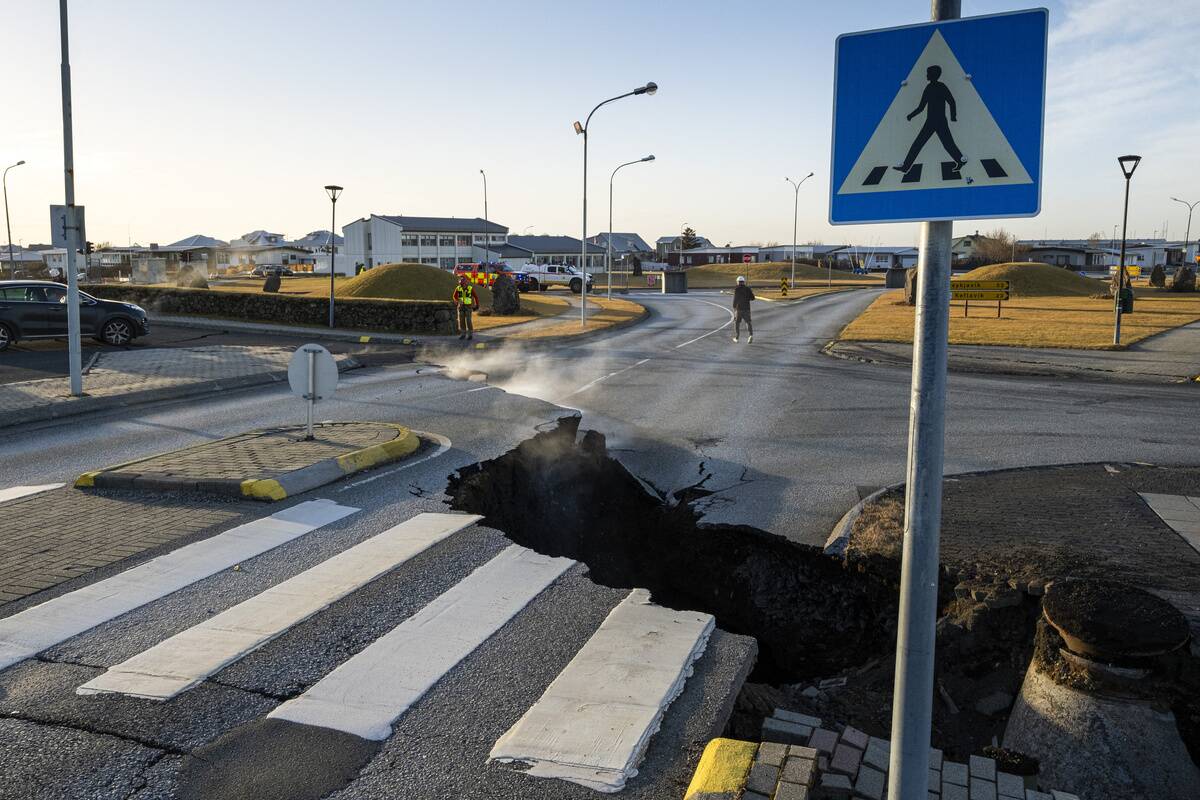
Volcanic eruptions produce a symphony of sounds, from rumbling and roaring to explosive booms. The noise level varies depending on the eruption’s intensity and type, with some eruptions audible from miles away. Infrasound, low-frequency sound waves, is often used by scientists to monitor volcanic activity, as it travels long distances and can penetrate obstacles. These sounds provide valuable information about the behavior and progression of eruptions.
Animal Life on Volcanoes: Surviving in a Harsh Environment
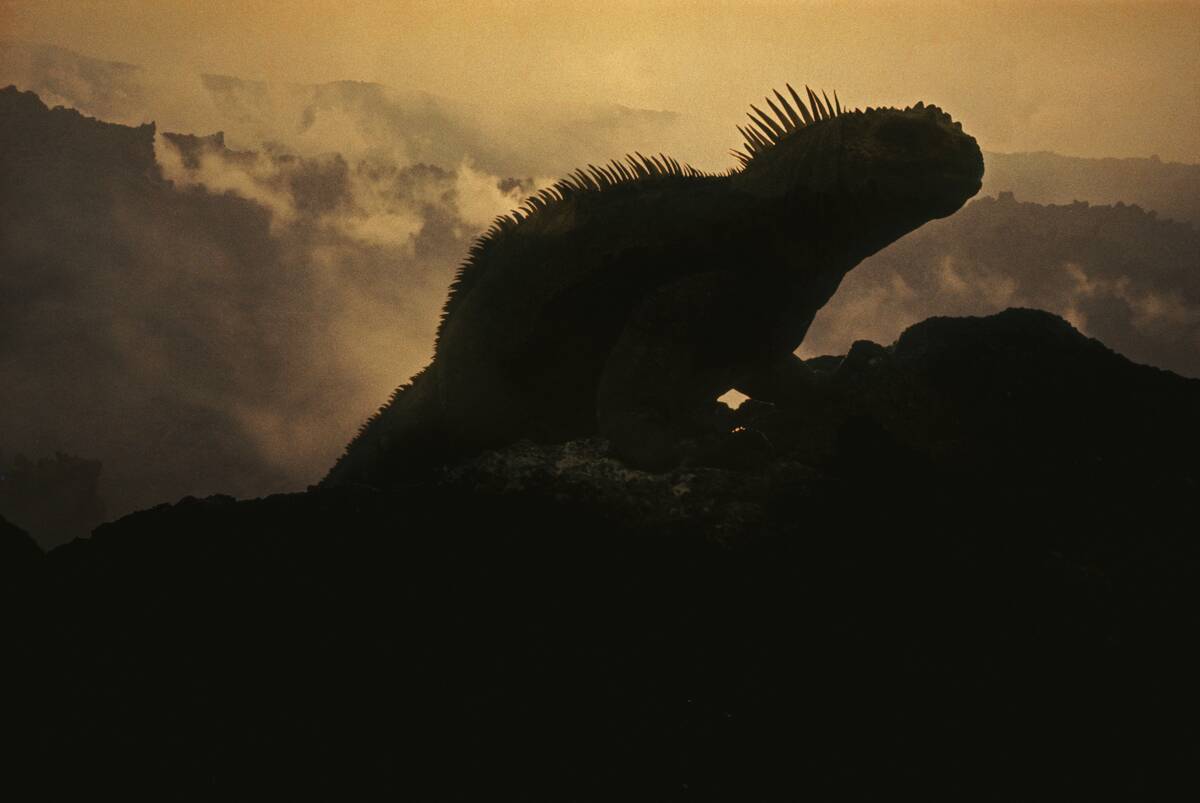
Despite the harsh conditions, many animals thrive in volcanic regions. Species like the Galápagos land iguana have adapted to the nutrient-rich volcanic soil, while others, such as the Hawaiian goose, benefit from the unique ecosystems created by volcanic activity. These organisms exhibit remarkable resilience and adaptability, thriving in environments that seem inhospitable to life. Their presence highlights the complex interplay between life and geology.
The Future of Volcanoes: What Scientists Predict
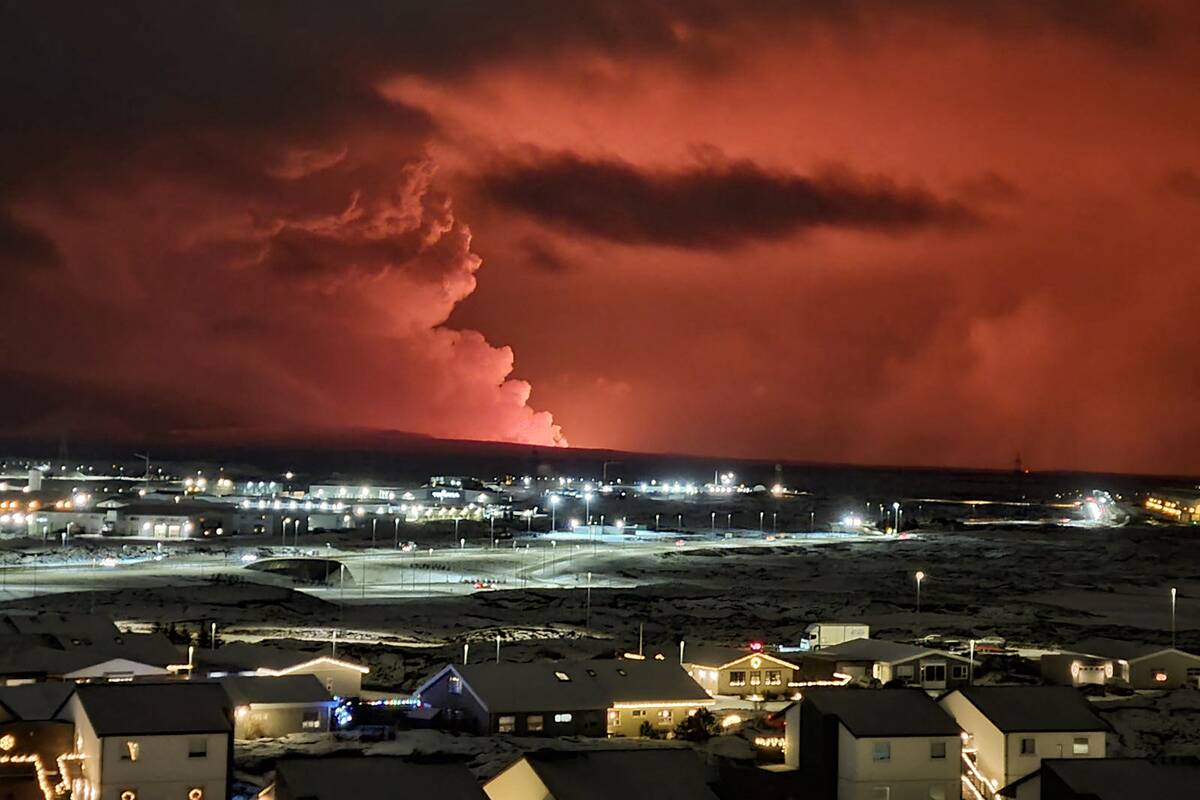
Predicting volcanic activity involves studying patterns, monitoring changes, and understanding underlying processes. Scientists use cutting-edge technology, including remote sensing and computer modeling, to forecast eruptions and assess potential impacts. While precise predictions remain challenging, advances in volcanology improve our ability to anticipate and prepare for volcanic events. Continued research is essential for enhancing our understanding of these dynamic natural phenomena and reducing risks to human populations.
Famous Volcanoes Around the World: From Vesuvius to Kilauea
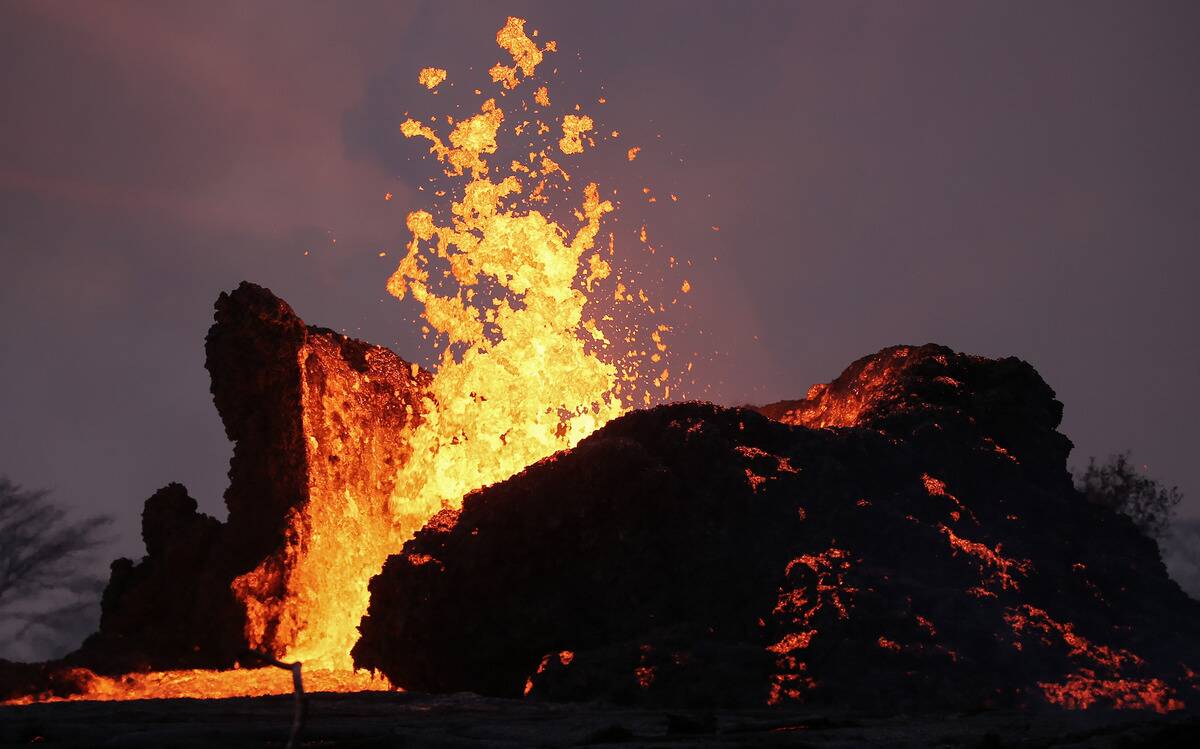
Some volcanoes are iconic for their historical significance and awe-inspiring eruptions. Mount Vesuvius in Italy is infamous for the destruction of Pompeii, while Mount Fuji in Japan is a cultural symbol and a popular tourist destination. Kilauea in Hawaii is one of the most active volcanoes on Earth, experiencing many eruptions. Each of these volcanoes offers a unique glimpse into the world of volcanic activity.
Fun Volcano Facts: Surprising Tidbits You Probably Didn’t Know
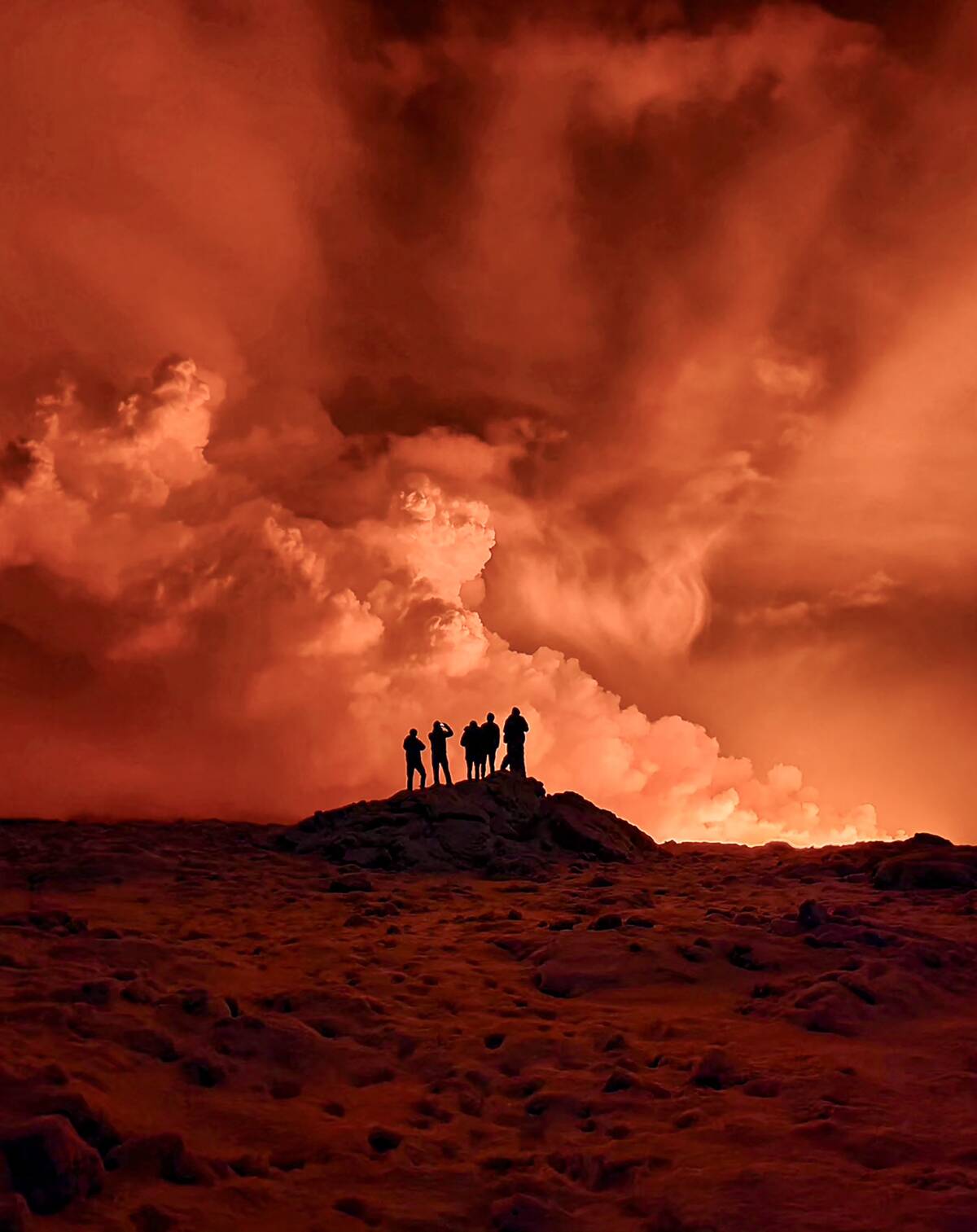
Did you know that the tallest volcano in the solar system is Olympus Mons on Mars, standing at a staggering 13.6 miles high? Earth isn’t the only planet with volcanoes; Venus has more than 1,600 large volcanoes! The word “volcano” is derived from Vulcan, the Roman god of fire. These fun facts highlight the fascinating and sometimes unexpected aspects of volcanoes, sparking curiosity about these incredible natural formations.




